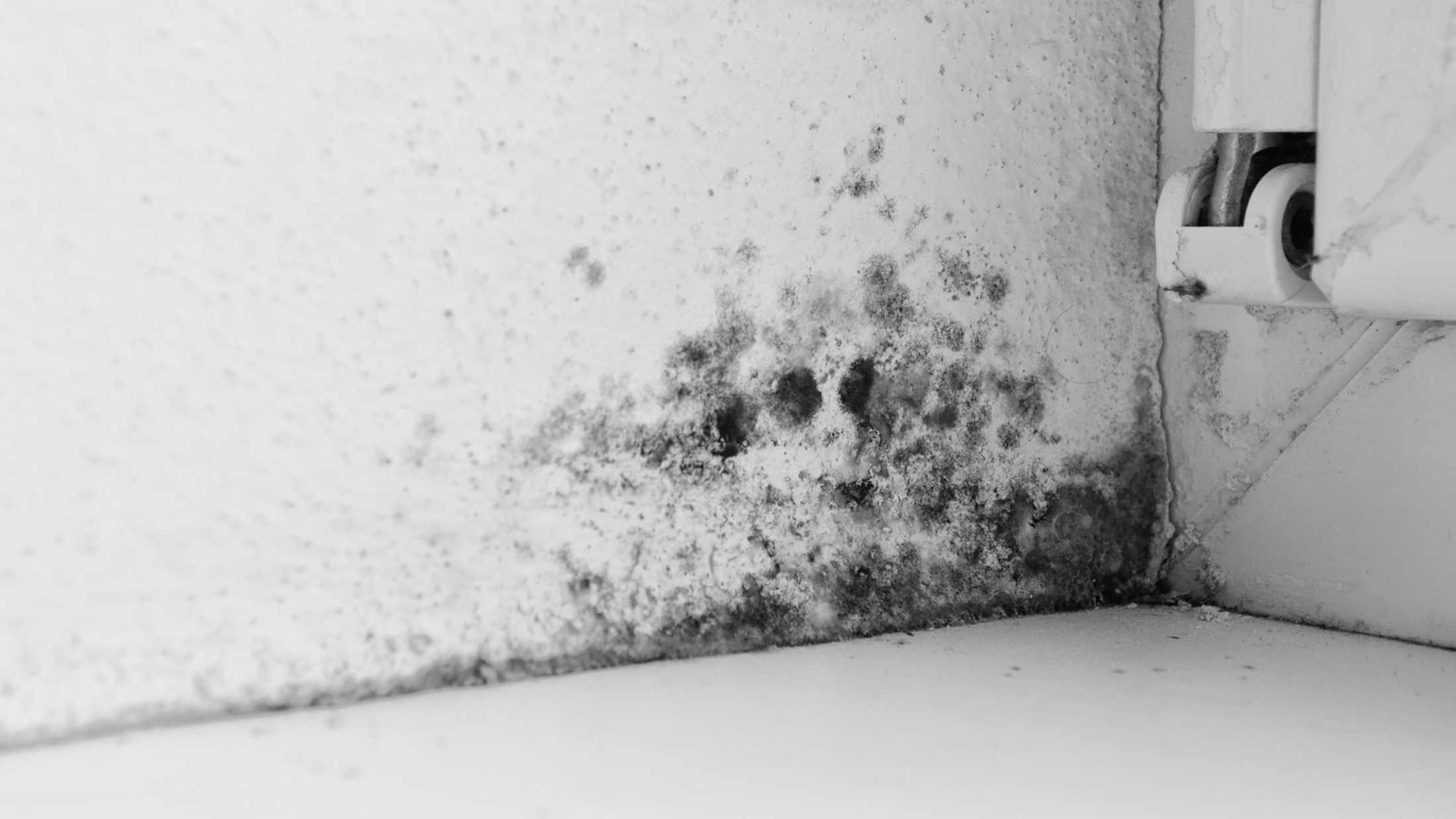- Housing
- 20 Feb 23

A new study by the ESRI finds that 20 percent of young children live in ‘disorderly’ neighbourhoods.
One in 10 children aged nine live in “unsuitable housing” that heightens their risk of developing physical and mental health problems, as well as hindering their social and developmental growth, according to a new study.
Published today Monday (February 20th) by the Economic and Social Research Institute (ESRI), the research examined different dimensions of housing inadequacy. This included heating deprivation and lack of space, and the impact they have had on nine-year-olds throughout their early and middle childhood.
The report, produced in partnership with the Department of Children, Equality, Disability, Inclusion and Youth (DCEDIY), is the first of its kind in Ireland to examine the effects of poor housing conditions on the health and wellbeing of young children. The 94-page report was authored by James Laurence, Helen Russell and Emer Smyth.
Using data on children born from 2007 to 2008 collected by the Growing Up in Ireland project, the study adds to international research highlighting prominent negative effects of poor-quality housing on children, including damaging their physical and emotional health, educational and social development and parental wellbeing.
“While problems in the housing system in Ireland have been under the spotlight for the last decade, relatively little attention has been paid to the experience of children and to the consequences of housing issues for child development,” the authors write.
Advertisement
Nearly 20 percent of primary caregivers reported that they lived in a neighbourhood with “high levels of disorder”, such as rubbish or vandalism, when their child was both nine-months-old and nine-years-old, according to the report.
At nine-years-old, 75 percent of children lived in owner-occupied housing, 12 percent lived in social housing, 11 percent lived in the private rented sector and around 1 percent lived with a parent in their grandparent’s home. Although the majority of children lived in suitable housing accommodations, thousands still live in unheated, crowded spaces.
Today we launch 'Housing adequacy and child outcomes in early and middle childhood'.
It finds that children living in inadequate housing and in neighbourhoods with poorer conditions have worse health and developmental outcomes aged 9 than their peers. https://t.co/Jnj7pPAqkB pic.twitter.com/ViVnTiNggK
— ESRI Dublin (@ESRIDublin) February 20, 2023
A major issue addressed in the report is the number of children living in heat-deprived housing, with seven percent of children having experienced this consistently throughout their childhood. A similar proportion of children lived in housing that was deemed “too small”.
The longer children are exposed to inadequate housing from birth to age nine the more harm they experience, the report adds.
“Consistent with previous research internationally, respiratory problems (episodes of wheezing) are more common for children living in poor housing conditions (including damp) as well as in homes not adequately heated,” the report states. In addition, children in inadequate heated housing were found to be more likely to experience accidents or injuries that required medical treatment.
Advertisement
With new knowledge about the harm and magnitude housing disparities have on youth, the report promotes the importance of consistent inspections on accommodation standards in the private and social housing sectors.
“The strong link found between low income and poorer housing circumstances in the report highlights the importance of broader income and welfare supports, as well as specific housing supports, in alleviating disadvantage. This has become particularly relevant in light of rising fuel costs, given the harm that inadequate heating does to child health and development.”

The report also identified common risk factors for children who will experience housing deprivation, such as their parents having little income or a low level of education, their primary caregiver having an illness or disability, or being an ethnic minority. Lone-parent families were also found to be more likely to live in private rented and social housing that will be heat-deprived or in a disorderly neighbourhood.
“This report is an important reminder that when we speak of housing or accommodation for children, we are speaking of their home, which is more than a place of shelter but somewhere essential to their wellbeing and that of their family,” Roderic O’Gorman, the Minister for the DCEDIY, said in a statement.
O’Gorman said much work is being done to address children's wellbeing and educational disparities, but that solutions require a “whole of Government approach”.
“Officials in my Department are currently progressing the development of a new strand of funding to tackle disadvantage in early learning and care services - whereby, services will be provided with a proportionate mix of universal and targeted supports for children and families accessing their services who are experiencing disadvantage.”
Advertisement
The study also found that almost 30 percent of children had experienced residential mobility, moving from one location to another, before the age of nine. However, the report states that residential mobility is not “confined to disadvantaged families” and thus cannot solely be seen as an indicator of instability.
The report adds: “Investments to improve the physical and social infrastructure in local communities are likely to pay dividends for the youngest members of society.”










